🎧 Listen: Apple, Spotify, iHeart
What if your community had a built-in system that kept members striving, connecting, and achieving day after day, month after month? The secret lies in progression systems. By structuring engagement tiers that align with your goals and tap into what motivates your members, you can create a community that feels dynamic, exciting, and rewarding.
In this post, we’re diving into how to build engagement levels that not only motivate but also perfectly align with your community’s mission. Whether you’re using Circle’s built-in tools or crafting your own creative solutions, this guide will help you take your gamification strategy to the next level.
Why Levels Matter in Community Engagement
Progression systems aren’t just about gamifying your community—they’re about creating meaningful paths for growth and connection. Here’s why levels are a game-changer:
1. Levels Create Clear Pathways
Think of levels as a roadmap for your members. They show exactly where they are, where they’re headed, and the steps they need to take to get there.
Example:
In a photography community, members might start as “Shutterbugs” and work their way up to “Master Lens Crafters.” To level up, they could complete tasks like sharing 10 photos, commenting on others’ work, or attending tutorials. It’s structured, simple, and keeps people engaged.
2. Levels Foster Commitment
When members see progress, they’re more likely to stay engaged. It’s like learning a language on Duolingo—once you’ve climbed to the top league, you don’t want to lose your spot.
The same applies to communities. When members invest time and effort to reach a certain level, they build momentum that keeps them coming back.
3. Levels Enhance Identity
Recognition is powerful. Titles, badges, and milestones give members a sense of pride and belonging.
Example:
In a professional networking group, members could start as “Rising Stars” and work toward becoming “Thought Leaders.” Add badges they can display on their profile or LinkedIn to amplify the sense of achievement.
4. Levels Encourage Friendly Competition
Healthy competition drives engagement.
Example:
In a fitness community, you might create levels like “Trailblazer” or “Iron Warrior,” with a leaderboard tracking steps or completed challenges. Members cheer each other on while secretly trying to outdo one another—it’s all in good fun and keeps people involved.
5. Levels Offer Exclusive Perks
Top-level members can earn access to private groups, exclusive content, or special perks.
Example:
In a gaming community, elite members might access private forums or beta-test upcoming releases. It’s like rolling out the red carpet for your most engaged members.
How Progression Systems Tap into Human Motivation
Let’s look at the psychology behind why progression systems work:
1. The Endowed Progress Effect
People are more motivated when they feel like they’ve already made progress toward a goal.
Example:
When a new member joins, award them a “Welcome” badge or celebrate their first activity, like leaving a comment. This quick win signals momentum right from the start.
2. Incremental Rewards
Small, frequent wins are more motivating than distant, larger rewards.
Example:
Reward members for milestones like posting their first 10 comments or attending their first event. These micro-rewards keep the momentum going and make engagement feel achievable.
3. Social Validation
Seeing others succeed is contagious.
Example:
A monthly leaderboard or live feed showcasing achievements—like “Megan just reached Super Supporter level!”—inspires others to get involved and strive for similar recognition.
Designing Levels for Your Circle Community
If you’re using Circle, its default level structure provides a solid foundation:
• Level 1: Newcomers
• Level 2: Slightly engaged members
• Level 3: Growing contributors
• Level 4: Active participants
• Level 5: Super contributors
• Level 6: Key members
• Level 7: Community champions
• Level 8: Elite members
• Level 9: Legendary status
Now, it’s time to add some personality.
Get Creative with Naming
Instead of “Level 4,” imagine “Cardio Crusher” in a fitness community or “Plot Prodigy” in a writing community. Creative names reinforce your community’s culture and make levels more engaging.
Examples:
Fitness Community:
• Level 1: Warm-Up Warrior
• Level 6: Strength Master
• Level 9: Fitness Legend
Writing Community:
• Level 1: Pencil Pusher
• Level 6: Wordsmith Wizard
• Level 9: Bestseller Maven
Gaming Community:
• Level 1: Newbie Adventurer
• Level 6: Dungeon Hero
• Level 9: Legendary Champion
Add Badges for Extra Motivation
Badges turn progress into a visual celebration. For example, create a badge for completing onboarding—it’s an immediate win that sets the tone for their journey.
Pro Tip: Use personalization to make badges even more special. A “Halfway Hero” badge feels more impactful as “Halfway Hero: Alex Johnson.”
Using Gamification for Challenges
Sometimes, you need to think beyond Circle’s default tools. For initiatives like a 30-day challenge, combine workflows, email automations, and tools like Zapier to create something tailored and impactful.
How to Structure a Challenge:
1. Set Goals and Structure:
Define clear, actionable steps. For a wellness challenge, include daily meditations, hydration goals, and weekly reflections.
2. Track Progress:
Use tools like Google Forms and Zapier to log activity and send automated responses celebrating progress.
3. Reward Milestones:
• Day 10: A “10-Day Achiever” badge.
• Day 20: Access to exclusive resources.
• Day 30: A “Challenge Complete” certificate or discount code.
4. Tell a Story:
Use emails to create a narrative. Share quotes, participant successes, and reminders to keep everyone motivated.
5. Keep Engagement High:
Leaderboards, shared progress trackers, or group discussions foster camaraderie and accountability.
Ready to Take Action?
Progression systems and gamified challenges are powerful tools to keep your community engaged and aligned with your goals. Start by mapping out your levels, naming them creatively, and rewarding milestones thoughtfully.
And don’t forget! If you’re looking for a step-by-step guide, check out our YouTube series, Quick Tips for Circle Communities—this week’s episode dives into creating workflows that reward member tags in Circle. The link is in the show notes!
If you’re a Co-Op member, be sure to join the bonus round, where we’ll walk through creating a workflow that rewards tags, sends emails, and awards points.
Thanks for joining me today! Don’t forget to subscribe, leave a review, and share this post with your fellow community builders. Until next time, keep strategizing and building thriving communities!
Resources & Links:
- Get started with Circle: Your go-to platform for building community
- Join The Strategic Community Co-Op for just $1: For more tips, strategies, and a space filled with like-minded creators
- Quick Wins for Circle Communities: A new YouTube series delivering actionable tips in bite-sized videos.
- The Community Brand and Image Hub: A free Notion template to organize your brand assets and create a polished, cohesive image for your community.
- Love my emails? Steal my secret weapon—Flodesk! Try it for free today.
- Your community deserves the best—so do you! Get The Scoop, my weekly newsletter packed with insights and strategies. Sign up today!
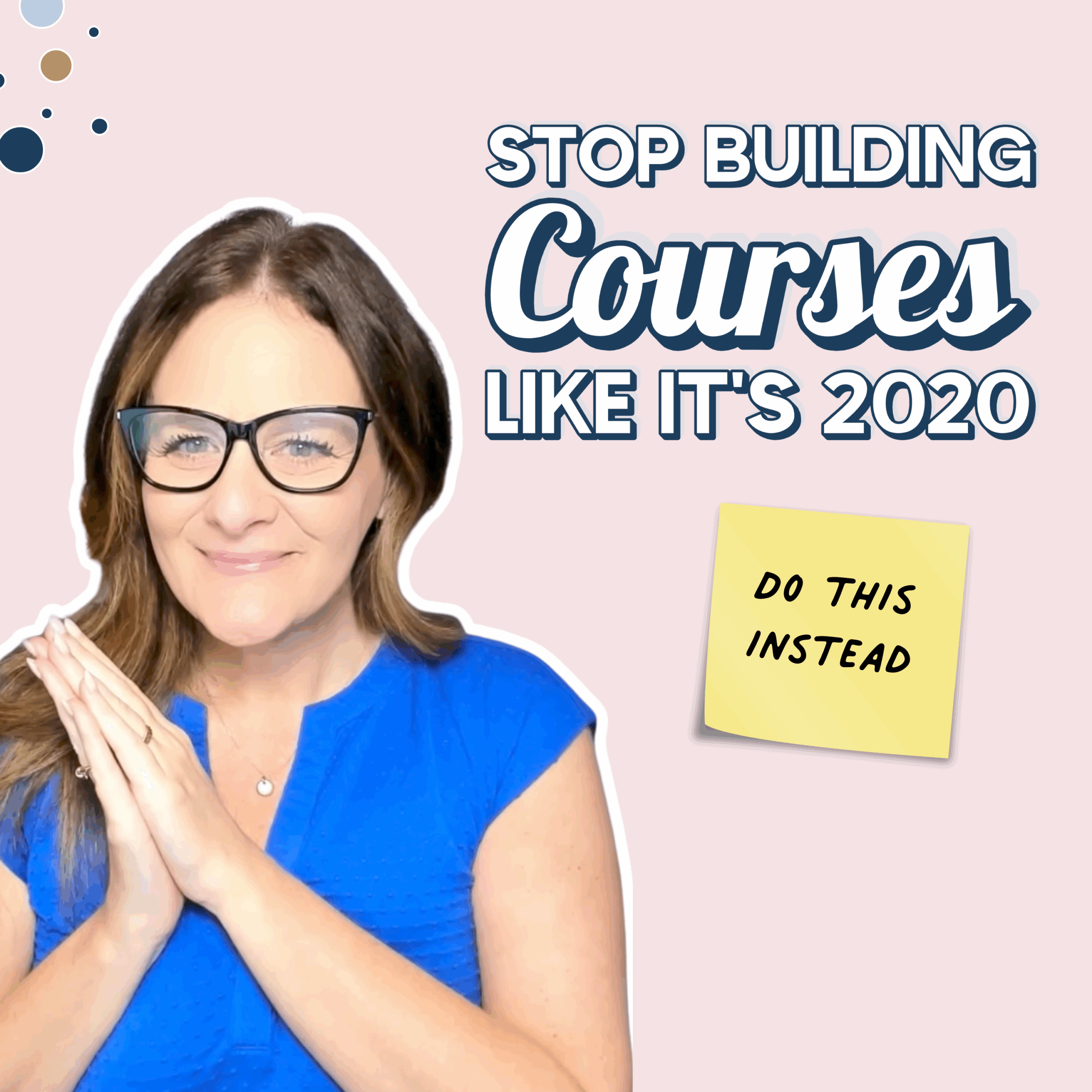
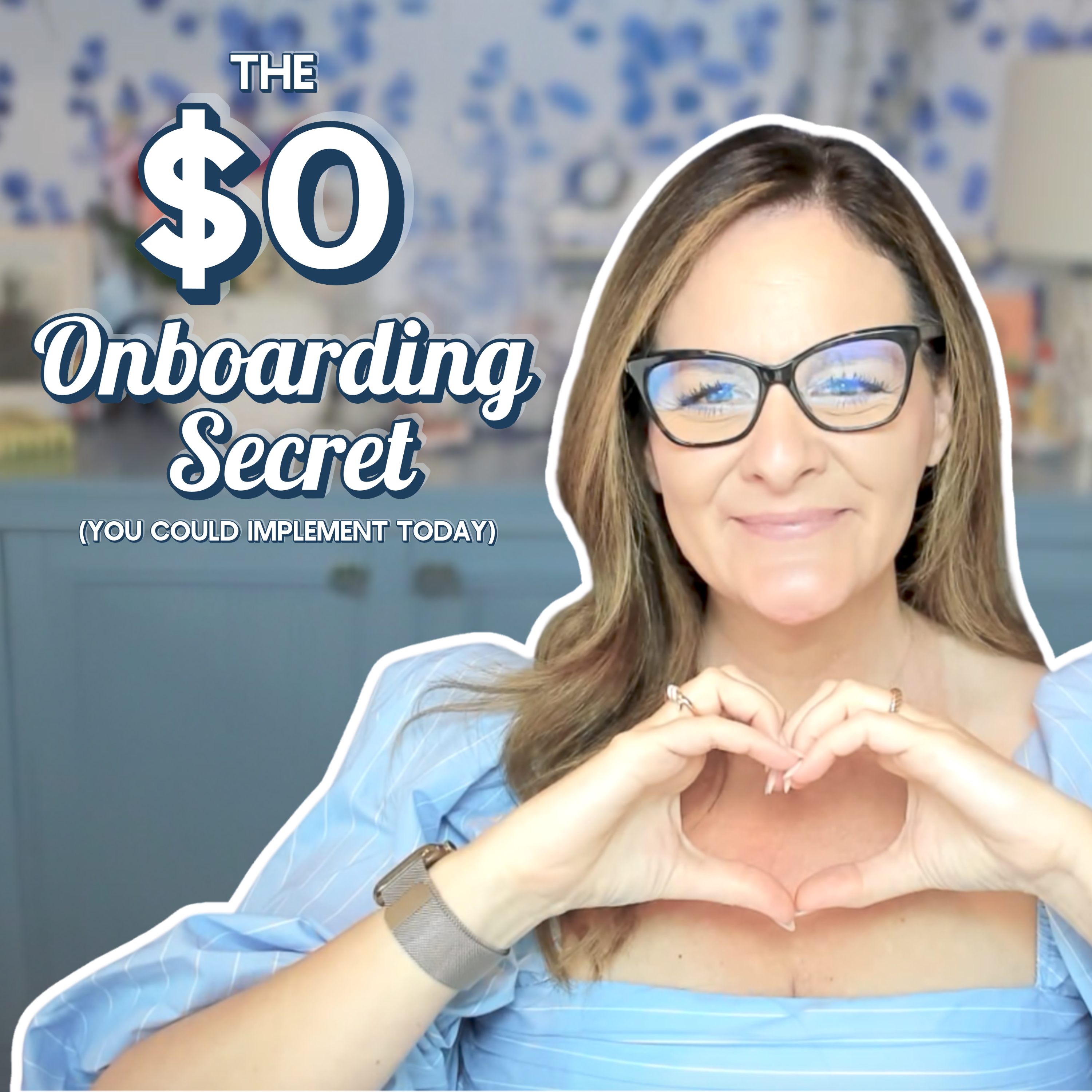
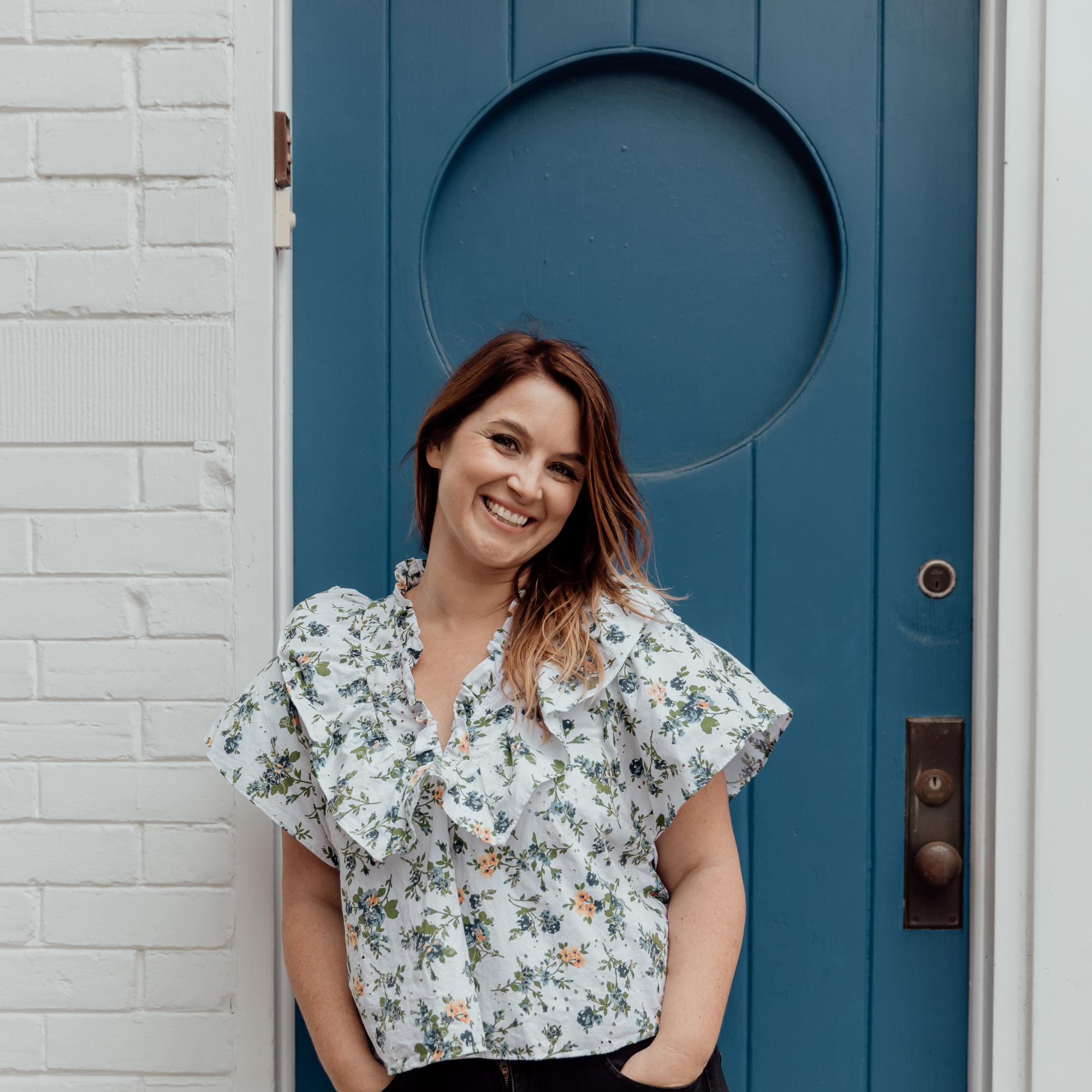

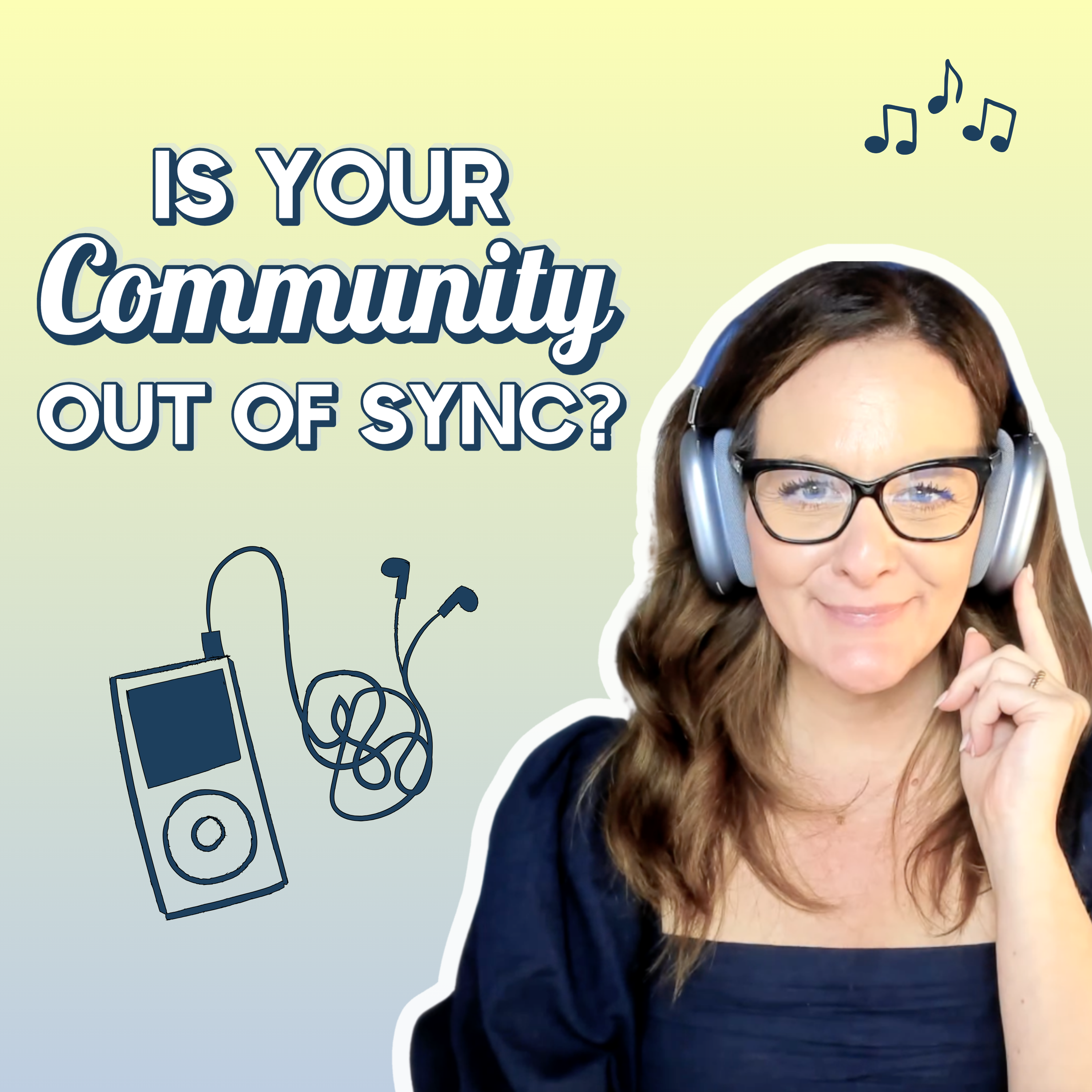
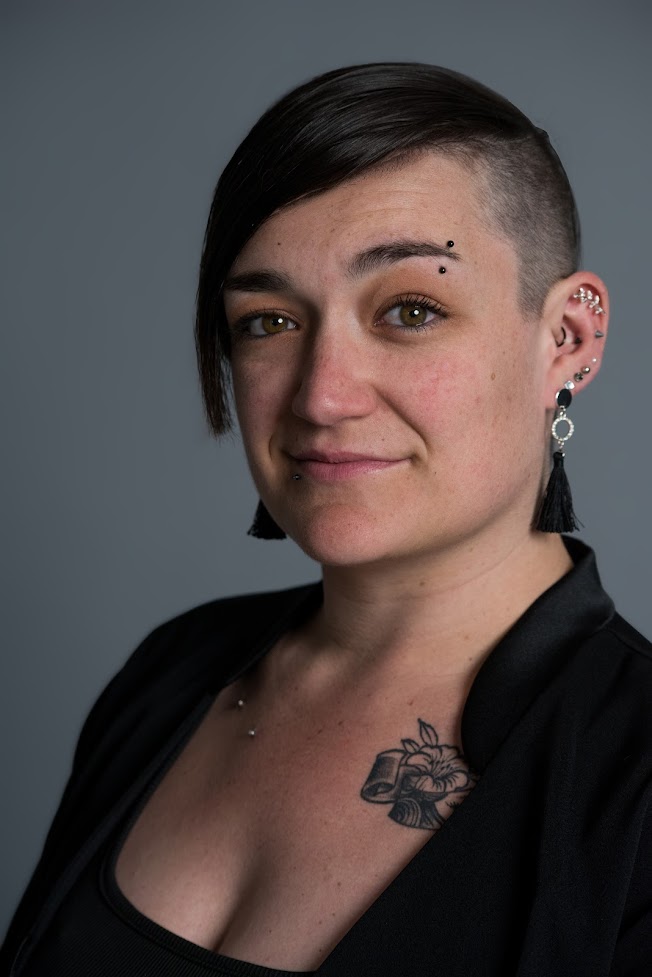
+ show Comments
- Hide Comments
add a comment